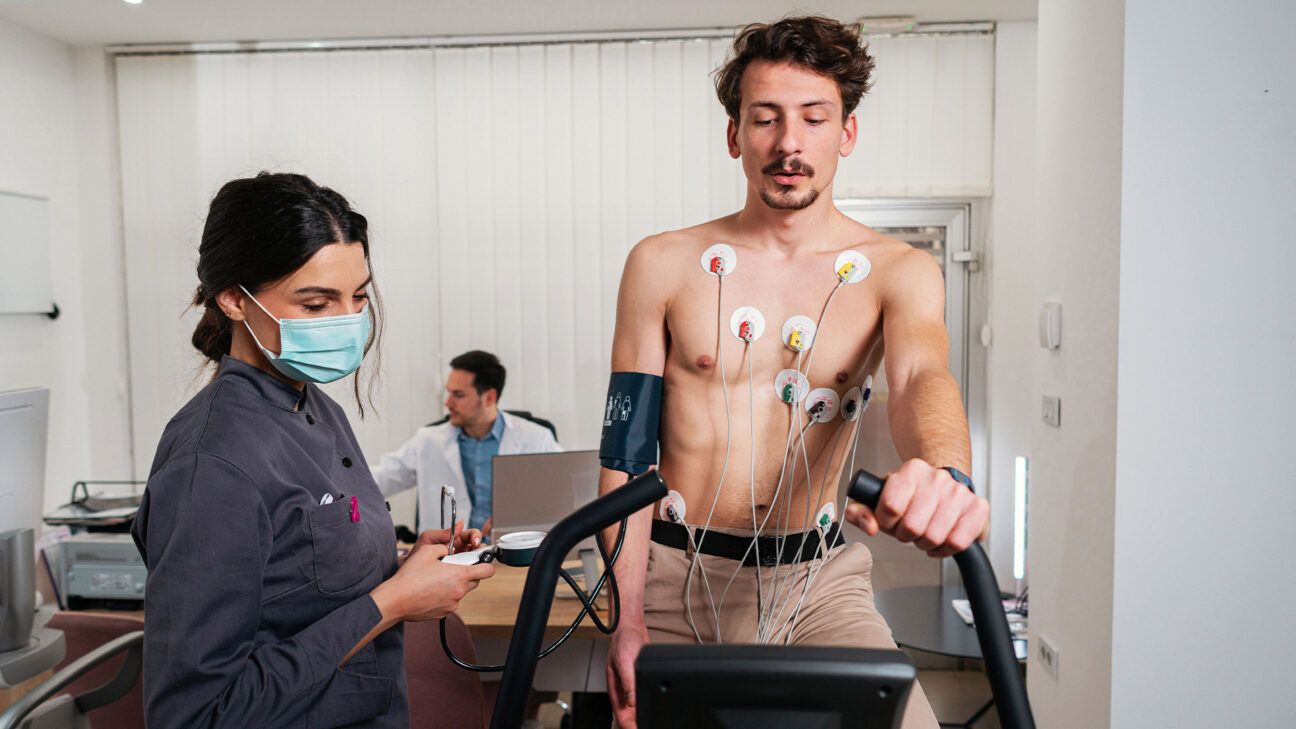
- A new study has found that paying organizations to track cardiac risks in Medicare patients increases patient outcomes while not noticeably increasing spending.
- That led to a small reduced risk of first-time stroke and heart attack.
- Experts see this finding as promising.
New research, published today in JAMA, has found that a cardiac risk reduction model developed in 2017 by the US Centers for Medicare & Medicaid Services (CMS) can reduce heart attack and stroke risk while not increasing Medicare spending significantly.
The strategy, called the Million Hearts Cardiovascular Disease Risk Reduction Model pays health organizations to track cardiac risks including stroke and heart attack in Medicare beneficiaries, leading to better patient outcomes.
Studies of this mode have been published before. Research from 2021 found that the model increased the number of practitioners using risk assessment tools and led to more people taking medication for cardiovascular disease.
This most recent study included 130,578 participants, not including the control group, and saw a 0.3% reduction in first-time stroke and heart attack risk and a 0.4% reduction in the probability of first-time cardiac events and death over five years.
Medicare spending increased by an average of just $2.11 per recipient.
Dr. Cheng-Han Chen, MD, PHD, an interventional cardiologist and medical director of the Structural Heart Program at MemorialCare Saddleback Medical Center in Laguna Hills, California says that this finding is significant.
“I think it’s important to realize that this is a population study. And when we talk about population levels, a 0.3% is quite large, actually. Because 0.3% over the American population is like almost a million people,” Chen said.
Medicare spending and cardiac risk
The participants were spread out across 342 participating healthcare organizations across the country. The new model attempts to assess whether a patient is at risk for heart attack or stroke over the next 10 years. The data included in the model involves age, sex, race, blood pressure and lipid levels, smoking status, whether the person has diabetes, and whether they are on any medications to reduce their blood pressure.
For those participants at medium and high risk, the average cost was $959.75 per month. When the model was first created it was suggested that a 7% impact would offset the additional costs.
Dr. Sanjiv Patel, an interventional cardiologist at MemorialCare Heart & Vascular Institute in Orange County, California, says that he’s surprised that there were not more cost savings and that there was not a bigger drop in cardiac risk.
“If you’re going to intensely manage somebody you want to prevent problems, and therefore it should cost you less over time…I would have expected it to be a lot more than 0.4%.”
The researchers were keen to point out in the study that, while they recommend that the Million Hearts Model be used, further work needs to be done to identify how to best use the model to improve patients’ experiences and outcomes.
Chen says that the more research like this is developed, the more uptake it will see and there may be ways to improve the model
“We know that improving cardiovascular risks should improve cardiovascular outcomes and more data generated to show this will encourage more healthcare providers to use these models in their daily practice”
Certain groups at higher risk
As with any study, there are limitations.
One of the concerns listed by the researchers is that some data may be missing or incorrect due to the ways organizations conduct their risk assessments.
Another concern, which they note in the study, is that the majority of the research time period—which spanned five years—was during the COVID-19 pandemic when the healthcare system was especially strained and patients were less likely to report their concerns when it came to cardiac risk.
But another concern for practitioners is the outsized percentage of Black participants who were deemed to be of medium or high risk when compared to other non-white populations.
Dr. Bayo Curry-Winchell, an urgent care physician in the Saint Mary’s Health Network in Reno, Nevada, says that this finding indicates that black patients are still at an outsized risk for heart attack and stroke due to multiple factors.
“It’s important to acknowledge that their elevated risk is a result of multiple factors, including mistrust within the healthcare system, experiences of dismissal when seeking medical care, and limited access to cardiovascular medications that can effectively manage their risks,” Curry-Winchell said.
Curry-Winchell says that in order for risks to be reduced in underserved communities it has to be about both risk reduction models and outreach.
“It really is rooted in health literacy and feeling comfortable just sharing with the doctor what’s going on. And so when you see these models that are quite robust, that are saying we are going to go out to the communities and reach them, we have to look at how are you connecting with them with all of this information.”
Takeaway
New research has found that a cardiac risk reduction model developed in 2017 by the US Centers for Medicare & Medicaid Services can reduce heart attack and stroke risk while not increasing Medicare spending by a large amount.
Risk Reduction Program Helps Lower Chance of Heart Attack and Stroke
Source: Pinoy Lang Sakalam



0 (mga) komento:
Mag-post ng isang Komento